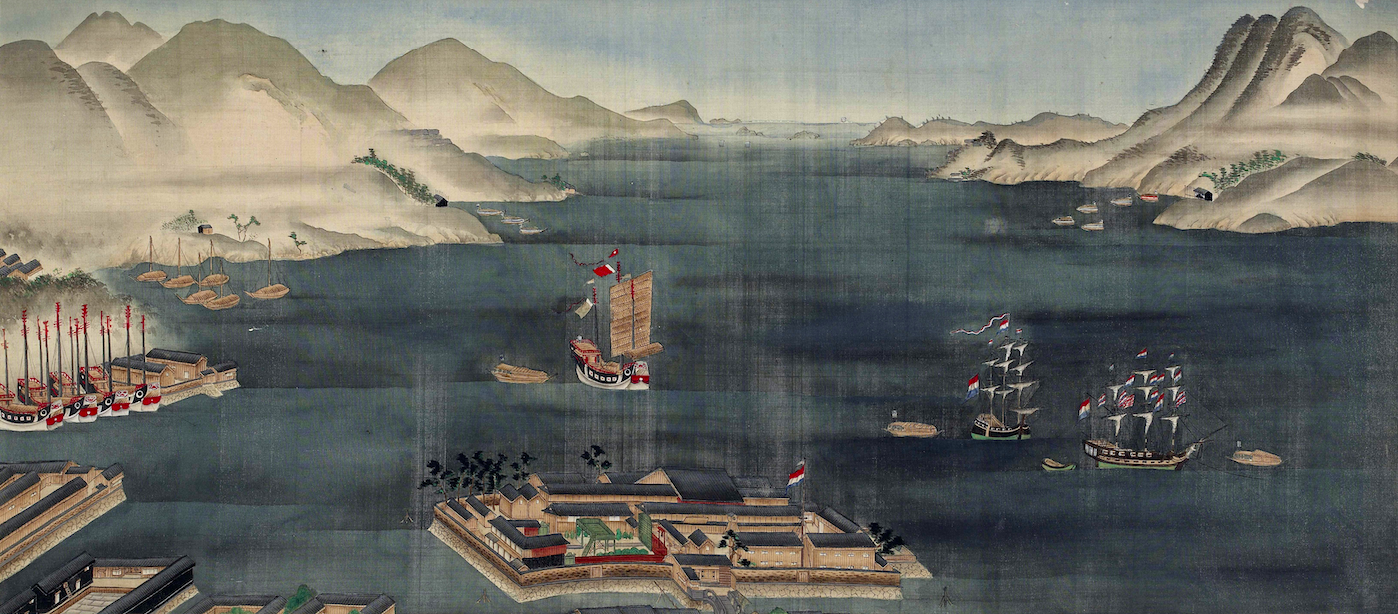Although Japan has been open to the world for centuries, closing itself off from the world for nearly 215 years (a period known as Sakoku), has its long-lasting consequences, particularly in Japan’s entertainment industry. Said consequences have seeped into almost every aspect of Japanese culture in one way or another.
Unfortunately, like other countries in their “medieval” periods, Japan turned women into a commodity of sorts, something to be bought and sold. It isn’t easy to undo the centuries of cultural and mental damage such practices brought to the nation. Despite this, there are people out there demanding change.
However, just like anywhere else, it remains deeply entrenched in the very fabric of society. This is especially prominent in things like manga, live-action dramas, anime, and even kids’ shows like “Power Rangers” and “Kamen Rider”. There still hasn’t been a pink Power Ranger that wasn’t a woman (aside from a spin-off comic).

Shield Hero Season 3 Promo Art
“Rising of the Shield Hero”.
Compared to their contemporary Western counterparts, Japanese media, as a collective, feels like its values are trapped in a different period. While both discuss serious and currently prevalent topics, anime tends to default to the societal standards set after WWII (which is a “modernized” version of the ones erected during Sakoku).
Dr. Kumiko Nemoto is a professor at Senshu University in Tokyo who specializes in researching race, gender, and the conditions of workplaces, organizations, and institutions. Through her research, she’s come to an unfortunate conclusion.
“Japanese politics and businesses [continue] to be dominated by the elderly men who have maintained their private and public lives based on the pre-WWII and pre-modern patriarchy and authoritarian views of women,” said Dr. Nemoto.
For example, a common trope is a dainty girl with a cheery personality who lives to serve the male main character. One look into the vast library of slice-of-life anime, and you’ll see this trope play out the same way almost every time. This trope stems from both the pre-war and post-war societal expectation that women care for the home while men pour all their efforts into their work.
“Many say men-at-work women-at-home is an outdated notion from a bygone era. But the work-centric way of life for men remains the same. In reality, for men in general, there is no option of quitting their job,” said Toshiyuki Tanaka, an assistant professor at Musashi University in Tokyo.
While this is a major issue pretty much anywhere in the world, Japan’s main problem was the contradictory nature of the issue. During WWII, Japanese women were expected to work the difficult and more hands on jobs that the men would’ve occupied at the time. However, when the war ended they were expected to also maintain the household and any children they had.
Even if you haven’t come across the airhead trope, you’ll have at least seen the even more common ‘harem surrounding the often bland main character’. Anime like “Rent-A-Girlfriend”, “Rising of the Shield Hero”, “Girlfriend, Girlfriend”, or any Isekai (character gets transported to another world) anime currently in rotation.
These animes that rely on harems often have their female characters devote their existence to the main character. Much like how they were treated during Sakoku, these women are but extensions and add-ons to a male character. While not as egregious now due to it not being real life, it’s still problematic at best, and degrading at worst.
These animes often show off an absurd amount of scenes showcasing the female characters in provocative poses, barely clothed (or sometimes without any clothes at all), and gushing over the main character. There is no rhyme or reason to it as it’s not like it moves the story forward.
These scenes, which are known as fanservice, are an indirect consequence of the inhumane treatment of women during those 200 years of isolation. Though there are plenty of well-written female characters that don’t fall under these tropes, they are few and far between in comparison.

Demon Slayer Season 1 Promo Art
“Demon Slayer”.
As it stands, Japanese media inappropriately objectifies the bodies of its female characters (while fictional, are minors half of the time) regularly because the industry and the core audience it markets to, don’t see it as an issue. It doesn’t help that this has been normalized since the target audience was young.
Fortunately, change is being made, albeit slowly. Thanks to the international attention anime and manga have garnered, the concept of fanservice has become less popular, and more fans have begun to show disdain for media that puts down its female characters.
This is not perfect, of course. There is still media that continues to sideline the female cast in favor of their male counterparts, but those no longer widely dominate the charts. This is partially due to trope heavy battle anime falling out of favor, but one must wonder why that’s the case.
For example, if we look back at animes like “Bleach” and “Naruto”, they sidelined their female cast, and as a result, both are heavily criticized for the lack of proper representation to this day. This has led to more modern anime that follows the same profile, like “Demon Slayer”, which despite its popularity, is criticized for its simplistic story.
The consensus for “Demon Slayer” is that it looks nice, but its story lacks depth. “Overall I’d say that ‘Demon Slayer’ is a really good Shonen, one of the best ones in fact. But that’s mostly due to the production and not the story itself,” said Reddit user zackphoenix123.
Sadly, despite change, these issues will persist for years to come. However, things are still improving, which is a preferred alternative to it getting worse. Hopefully, the change can come sooner, but that will only be the case when fans decide to work toward a greater change.

